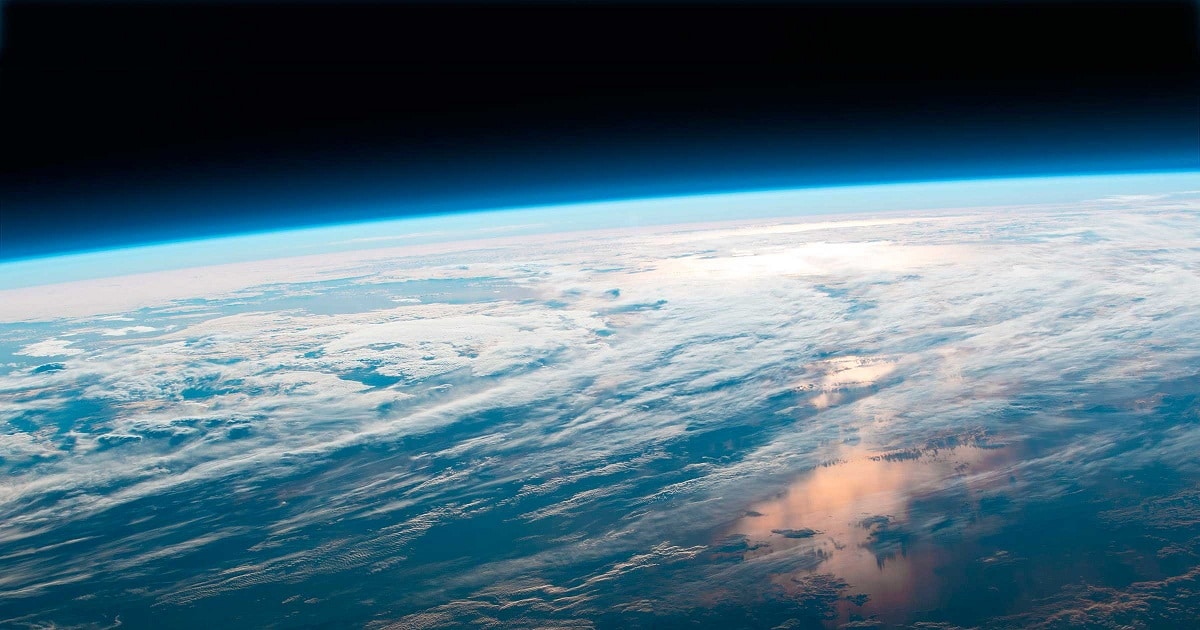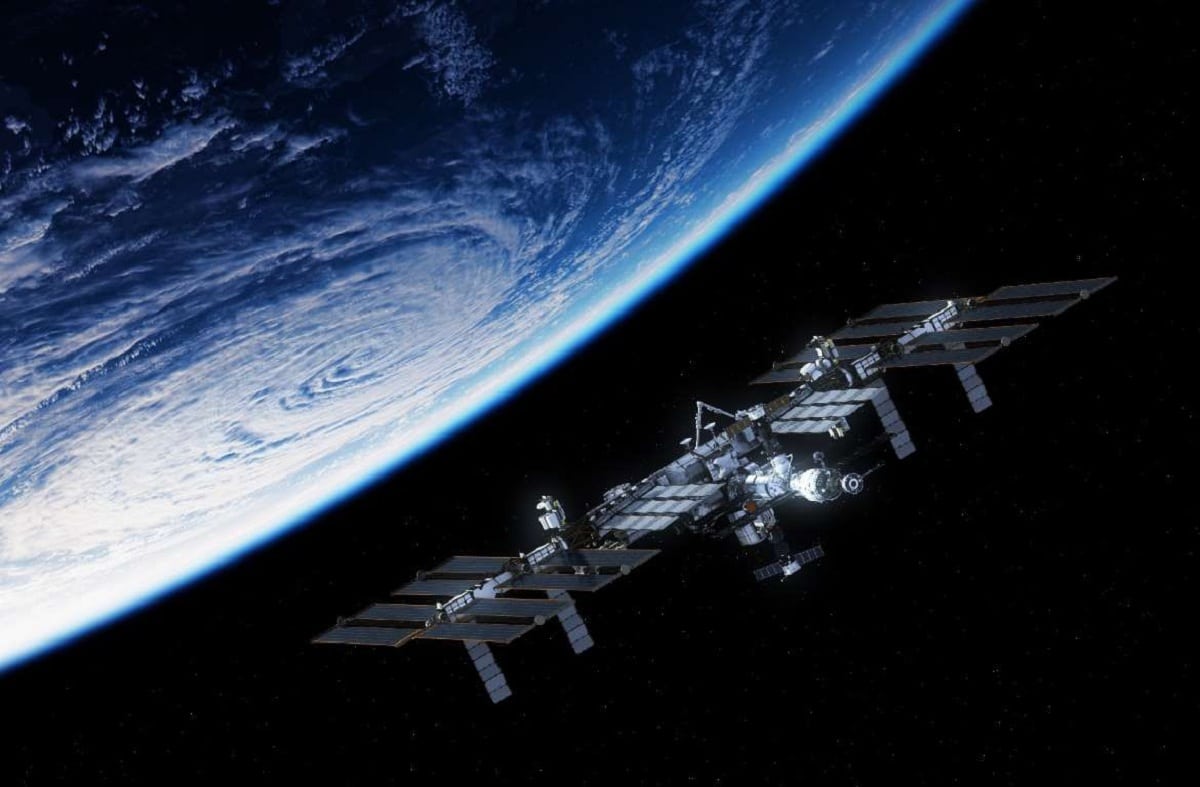
One of the questions that scientists and ordinary people have always asked themselves is whether there is a scissor border between the atmosphere and outer space. It is known that the atmosphere becomes thinner and thinner as it reaches heights far from the earth's surface until it disappears. However, there is an atmospheric limit that is fundamental for aeronautical purposes. This atmospheric limit is known as Kármán line.
In this article we are going to tell you everything you need to know about the Kármán line and its importance.
Key features

It is known that the atmosphere does not end abruptly at a certain and defined altitude. It has been found that the atmosphere becomes thinner and thinner as the altitude increases. For some scientists, the Earth's atmosphere ends in the area where the outermost layers of the earth extend. That is, these outermost layers of the atmosphere They are known by the name of thermosphere and exosphere. If this concept were true, the earth's atmosphere would reach about 10.000 kilometers above sea level.
The density of the air decreases as we increase the height. Therefore, at this attitude the density of the air is so low that outer space can already be considered. Another more demanding definition of the boundary of the atmosphere considers that it ends where the density of the atmosphere becomes lowest. This is known since the speed that an aircraft can acquire to achieve aerodynamic lift through wings and propellers must be comparable to the orbital speed for that same height. With these calculations the height can be known by these means for the wings and they are no longer valid to maintain the ship. Thus, This is where the atmosphere would end and outer space would begin.
Faced with these concerns, the Kármán line has emerged to find out what the limit between the atmosphere and outer space.
Kármán Line

The Kármán line is established as an arbitrary definition based on aeronautical-type considerations. In other words, it can be said that it is the limit between the atmosphere and outer space for aviation and astronautical purposes. Although substantially naturally There is no limit as such but it disappears as you advance in height, there are various aviation and astronautical interests to establish the Kármán line.
The definition of the Kármán line has been accepted by the International Aeronautical Federation. This federation is in charge of establishing all international standards and recognizing them records in aeronautics and astronautics. The altitude of the Kármán line is of the order of 100 kilometers, but the 122 kilometers are used to have a reference. The reference from the spacecraft reentry line.
Kármán line and layers of the atmosphere

In order to put into context the importance of the Kármán line there, to know its position with respect to the rest of the layers of the atmosphere. We have defined that its height was estimated to be more or less still 100 kilometers above sea level. This altitude was imposed by Theodore von Kármán, hence its name. It was established by calculating the height at which the density of the atmosphere becomes so low that the speed of an aircraft to achieve aeronautical lift using wings and propellers must be comparable to the orbital speed of this same height.
This means that upon reaching this height at which the Kármán line is established, the wings would no longer be valid to maintain the ship since the density of the air is very small. An airplane is only known to sustain itself if it is constantly moving in the air. It is thanks to this that the wings generate lift given the speed of movement in the air. If the plane was stationary in the air, it could not hold since the density is not sufficient.
The thinner the air, the faster the plane has to go in order to generate enough lift to avoid falling. This makes it interesting to know the lift coefficient of an aircraft wing for a given angle of attack. An object only remains in orbit as long as the centrifugal component of its acceleration is sufficient to be able to compensate for the force of gravity. We know that gravity pushed in the direction of the earth's surface, so the object needs a higher horizontal scrolling speed. If this speed decreases, the centrifugal component will also decrease and gravity will cause its altitude to decrease until it falls.
Physical knowledge
The speed required for equilibrium is called the orbital velocity and it varies with the height of the orbit. For a space shuttle in Earth orbit it needs an orbital speed of around 27.000 kilometers per hour. In the case of an airplane that is trying to fly higher, the air becomes less dense and this forces the airplane to increase its speed to create lift in the air.
From her it is known that the Kármán line is a very relative concept in terms of altitude. Since its interest is aerodynamics it does not have too much scientific rigor. The air simply becomes less dense and ends up having much lower resistance and reaching outer space.
The Kármán line is used as a concept related to altitude and makes it worthwhile to increase the speed of travel with the in order to obtain aerodynamic lift or compensation for the pull of the force of gravity. When we go to practice, we see that all these considerations vary as the radius of the orbit increases. We know that the greater the radius of an orbit we have a smaller gravitational pull. We remember that the gravitational pull is the force that gravity exerts on an object in the direction of the earth's surface. However, it is also known that there is a higher centrifugal acceleration for the same linear speed.
From them it is extracted that the Kármán line neglects this effect due to the orbital speed so that it would be enough to be able to maintain any attitude regardless of the density of the atmosphere.
I hope that with this information you can learn more about the Kármán line and its characteristics.